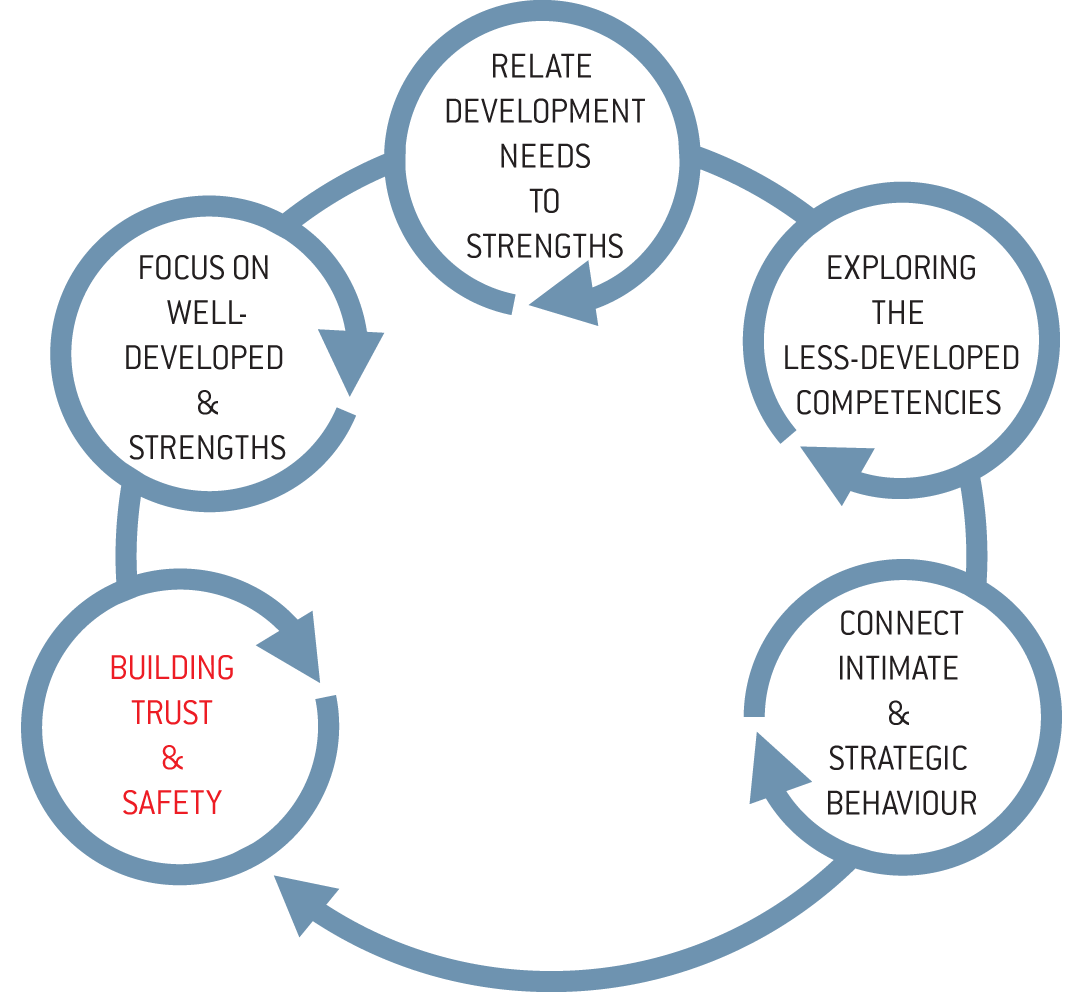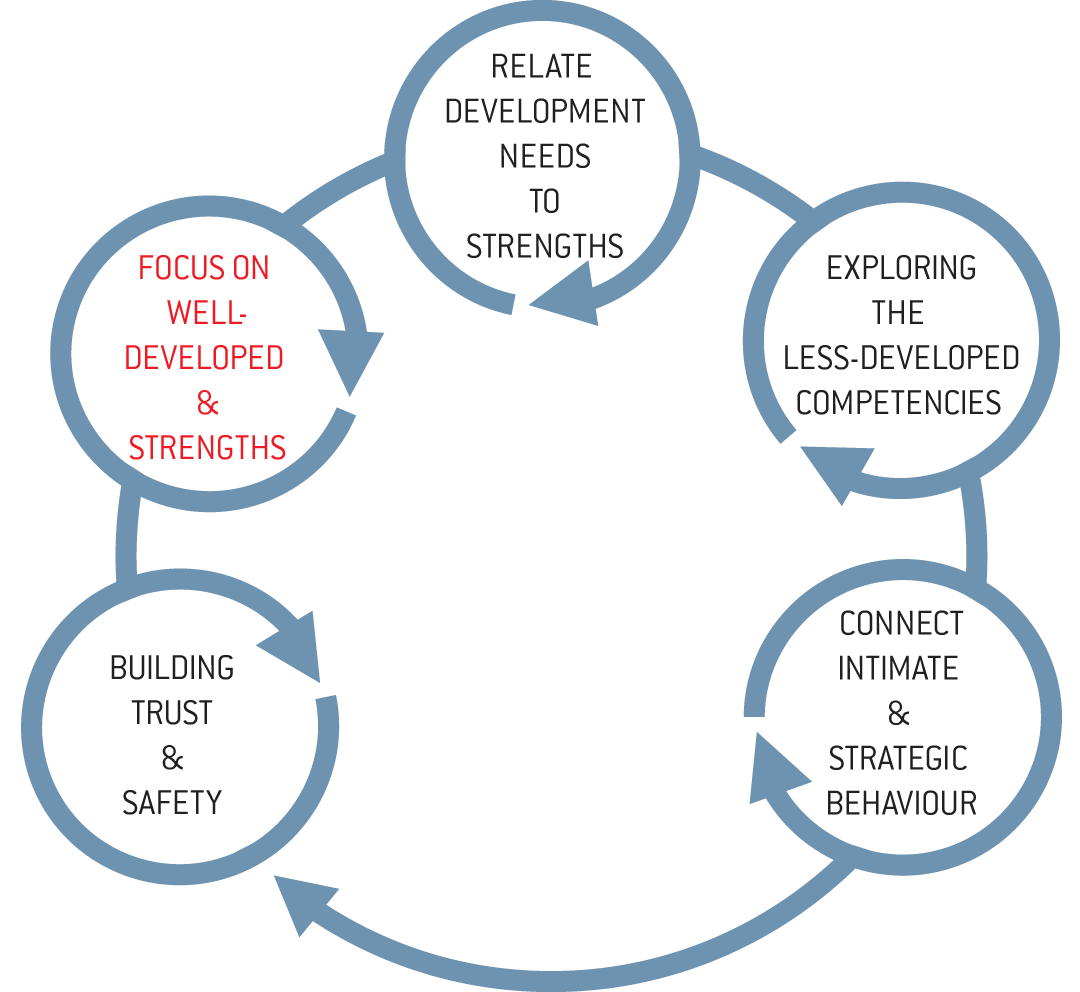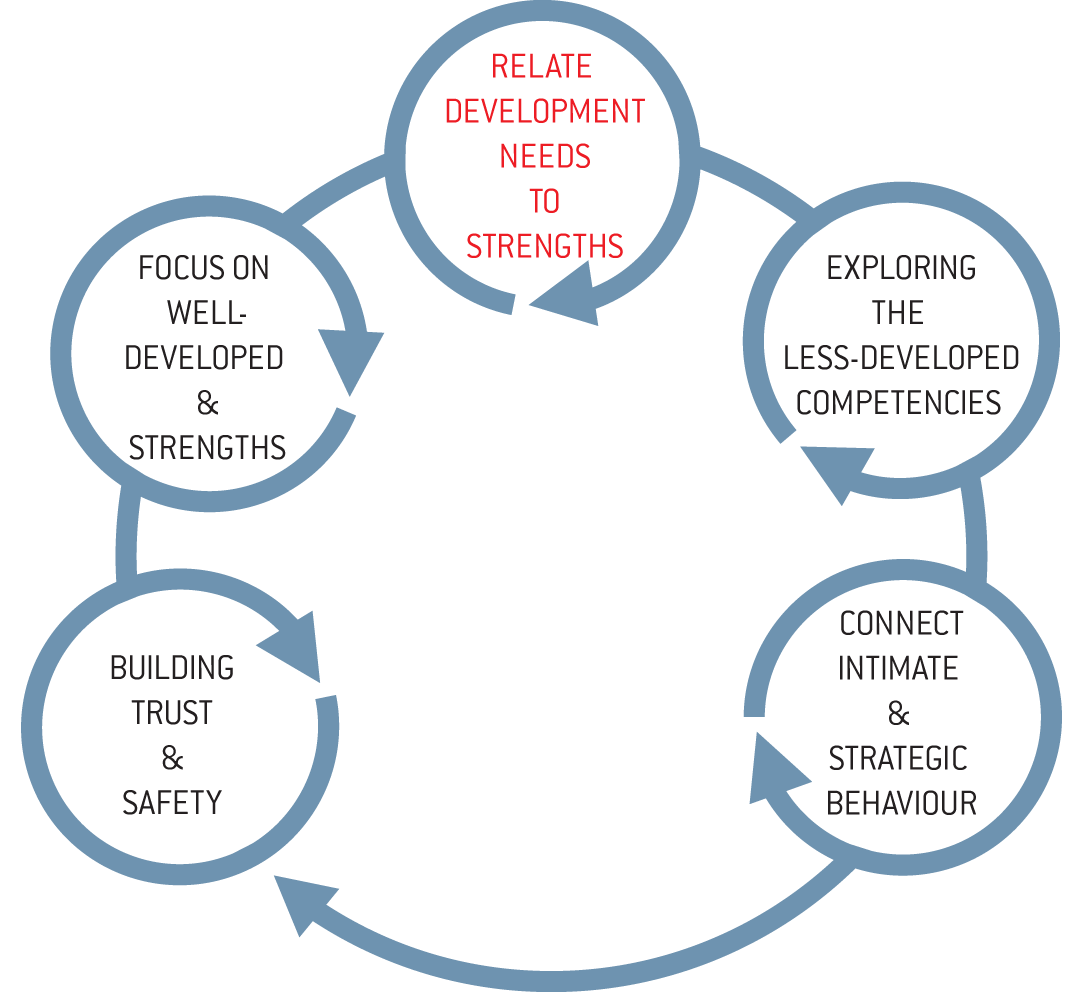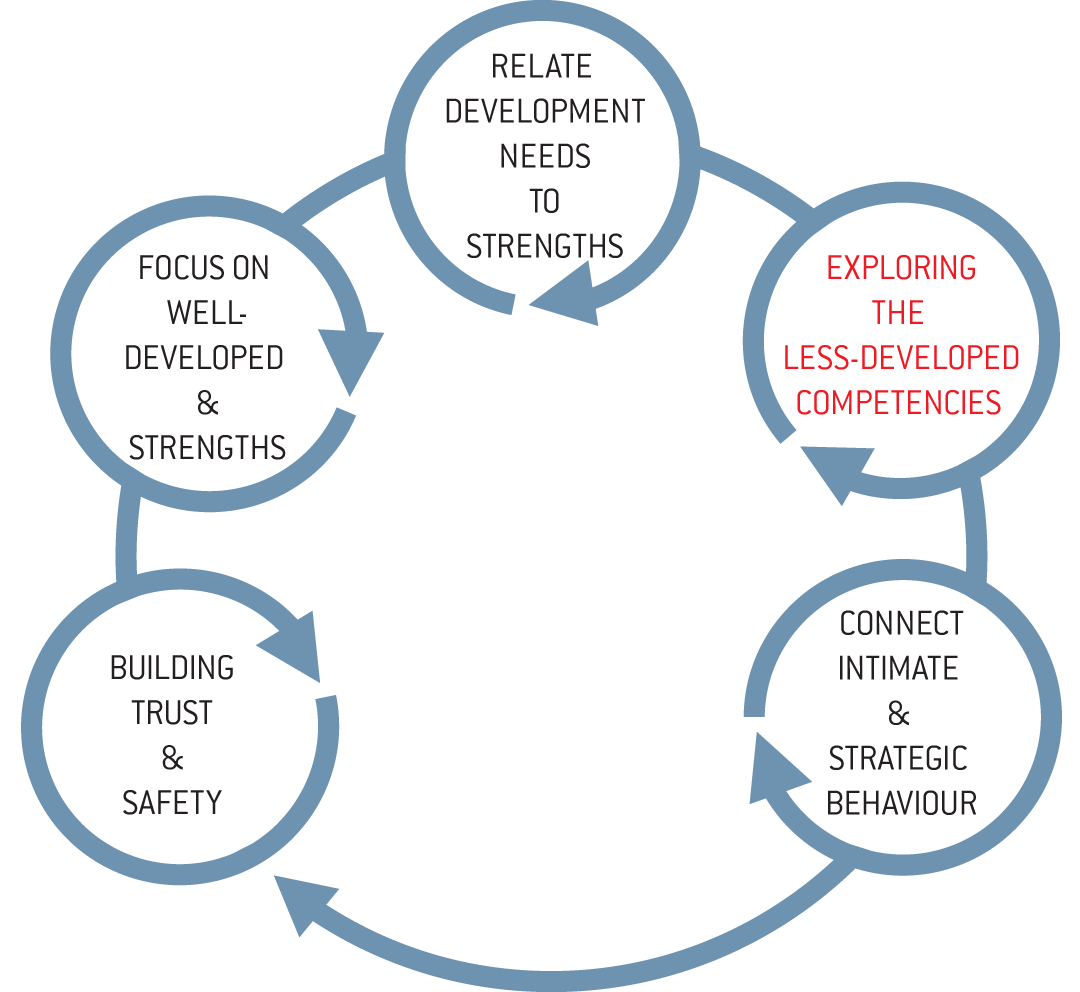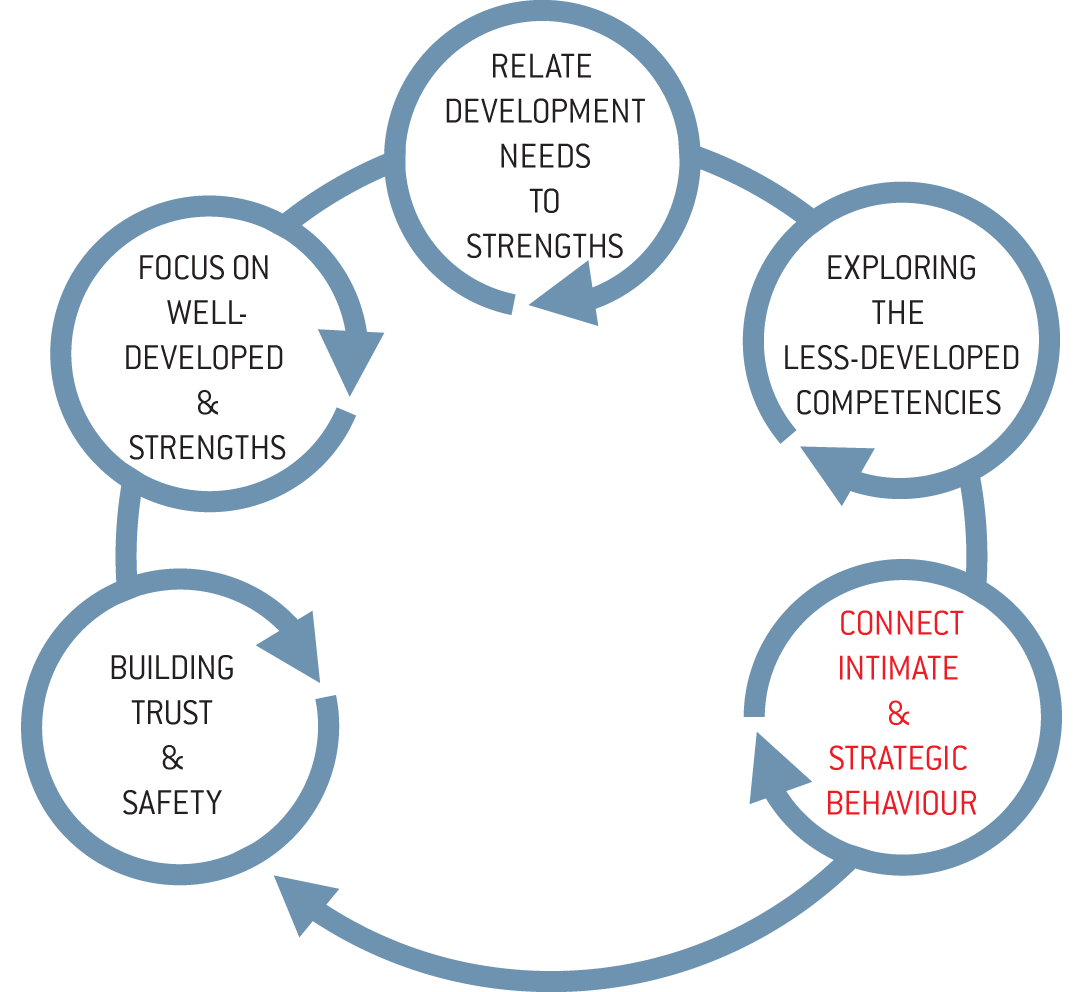
ORGANISATIONAL DEVELOPMENT
The essence of Organisational Development is to develop organisations towards a more effective system with the focus on the people that define the system. One of the major disciplines within organisational development is to develop teams or groups of people towards higher effectiveness, more creativity and robustness in a hectic working environment.
DEVELOPMENT PROCEDURE
This development procedure is a Gestalt-orientated approach that serves the purpose of developing organisations through development of the people involved. The development procedure is applicable to process consulting, coaching, team-building and strategic advising.
The procedure consists of two essential components:
- The stance of the intervener
– Optimistic view
– Observation with “soft eyes” or relaxed waiting
– Focus on the system rather than the individual
– Encourage an experimental attitude
- Action sequence guideline
– Build trust and safety
– Focus on the well-developed or strengths
– Relate the development needs to the strengths
– Exploring the less-developed competences
– Connect intimate and strategic behaviour
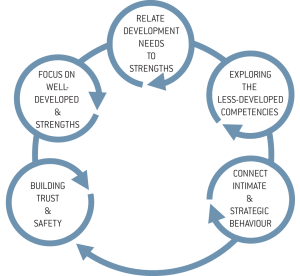
Organisational Development Model
BUILDING TRUST & SAFETY
This part of the process is very important in order to proceed into the learning and development cycle. Often this work is shortened or skipped totally with the result that the engagement and willingness to change or adapt is totally absent and replaced by a state of unwillingness. If the relationship comes before the issue (The R before the I) the foundation for growth, change or adaptation is at its best. It is about creating the openness and curiosity that is the prerequisite for learning. Although most of us enjoy the process of professional or personal growth, learning and developing, we don’t like the idea of someone else teaching us what we should already know. Therefore this phase of building trust and safety is the prerequisite for moving further into the process. The intervener builds this trust and safety by taking an optimistic stance and by acting as a supportive listener.
This phase is important throughout the whole process and the intervener needs to revisit this phase again and again in order to re-establish the base for learning and growth. Every time resistance occurs from the participants it is an indicator that trust may need to be re-established
FOCUS ON THE WELL-DEVELOPED OR STRENGTHS
Optimistic stance is grounded in the perspective, that growth and development is about adding new competencies as opposed to “correcting” dysfunctionality. This is founded in the belief that all behaviours are competencies and that “ineffective” behaviours are merely competencies that are overused or used in a contextually inappropriate way. It is the role of the intervener to observe what the participants do well. So the first interventions are those that heighten the awareness of what are the well- developed competencies or strengths within a group or an individual. It is important to recognise that since most of our training has been on problem solving from a perspective of deficiencies, the skill of intervening around what is well-developed is surprisingly difficult to learn
RELATE THE DEVELOPMENT NEEDS TO THE STRENGTHS
When trust and safety is established and also when what is well-developed is brought into awareness, a pattern of well-developed behaviours will take form. The intervener will now start addressing that every well-developed competencies or behaviours also have consequences when used when not needed or inappropriate. By bringing forward the concept of polarities, the participants will be familiar with the fact that all behaviours has counter behaviours that are complementary or the opposite pole. These poles offer a new set of competencies that are potentially available, the so called less-developed. Through this, the intervener opens further to the understanding and awareness that well-developed competencies are suitable in some circumstances and unsuitable in others. It is awareness of the situation that provides the basis needed to decide which appropriate competence to use.
EXPLORING THE LESS-DEVELOPED COMPETENCES
The participants have now reached a state where they have a growing awareness of both their well- and less-developed competencies. To enable the less-developed competencies to become well-developed, thereby widening the well-developed behaviour patterns, trying out the less-developed in an experimental manner can begin. It is important to acknowledge, that at the beginning of this experimental phase the participants may easily fall back on the old well-developed pattern, since this is what they are used to doing. In fact we all do what we normally do when we don’t know what else to do. The intervener helps the participants creates suitable experiments to service the learning and grounding of new behaviours. It is not a directive to learn something new but merely an attitude of “let’s try” founded on the desire of the participants. This experimental phase can either take place in the “laboratory” together with the intervener (good in the beginning) or in the context of the organisation with valid feed back from selected colleagues – “buddies”.
CONNECT INTIMATE & STRATEGIC BEHAVIOUR
As the less-developed begins to become increasingly well-developed the participants expand their set of competencies and behaviours, together with the awareness of what is a suitable behaviour in a given context. In this stage of the process, the newly developed competencies become integrated and the participants can unite their behaviour to be both intimate (relation orientated) and strategic (goal orientated) at the same time.
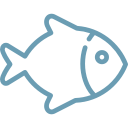
CAN FISH SEE WATER
It is not possible for people or teams to observe themselves. It requires mirroring or external observations to become aware and to recognise your own behaviour. By creating trust and a safe environment, the necessary foundation for change and development can be created.
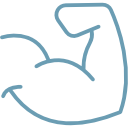
SEE STRENGTH FIRST
Based on what is well developed in the team or in the individual, energy and interest can be mobilised to look at what is less developed. This holds the potential to expand behaviour towards engagement, flexibility, creativity and collaboration.

CULTURE IS UNIQUE
People, organisations and challenges are never the same, this calls for customised solutions. We acknowledge, that this kind of organisational development requires involvement and stamina from the whole organisation. Our contribution is to kick start and maintain the change process in the company, to a level where it becomes integrated and self propelling.
